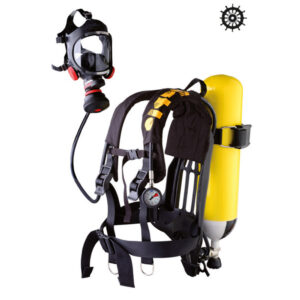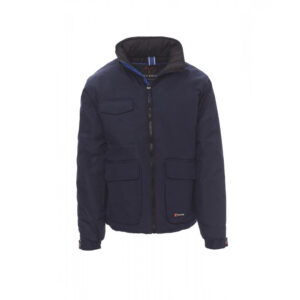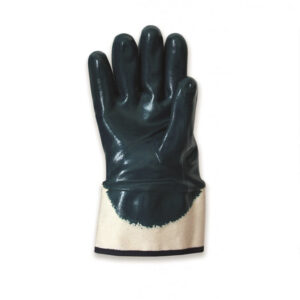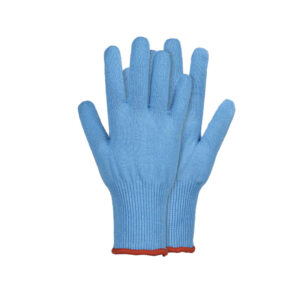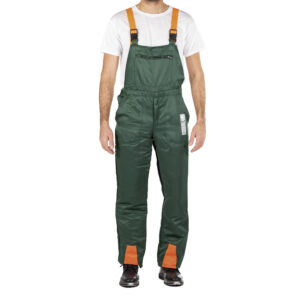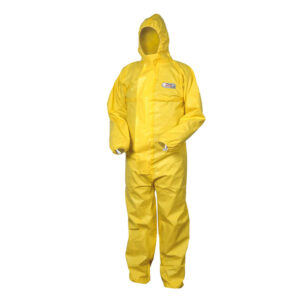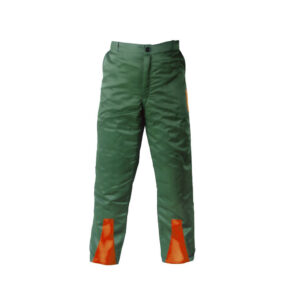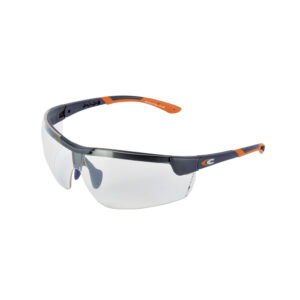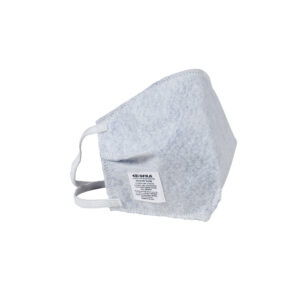P.P.E. Personal protective equipment
PERSONAL PROTECTIVE EQUIPMENT (PPE)
Personal protective equipment (PPE) is all those products designed to protect the wearer’s body from injury and hazards, mainly in the workplace, but also at home, or in sports and recreational environments.
It differs from collective protective equipment (C.P.E.) for its conception and definition.
In fact, where a single collective protective device protects a group of individuals, a personal protective device only protects the person who uses it.
The Italian Legislative Decree no. 81/2008 (Consolidated Law on Safety at Work) establishes that the PPE utilized in the workplace must comply with the provisions of Legislative Decree 475/92 and that it is intended for personal protective equipment “any equipment designed to be worn and held by the worker in order to protect him against one or more hazards likely to endanger the safety or health at work, as well as any addition or accessory designed for this purpose” (Art. 74, paragraph 1 of Legislative Decree 81/2008).
Moreover, Legislative Decree 81/2008 provides for the use of PPE only when it is not possible to completely eliminate the risk, or when the adoption of collective protection equipment is no longer sufficient to completely exclude work-related risk factors.
The characteristics and purposes of a Personal Protective Equipment are essential but inflexible:
• It must be suitable for the risks it is called to prevent, without however being hazardous for the user.
• It must be suitable for the workplace conditions.
• It must take into consideration all functional, ergonomic, physiological and health-related needs of the worker.
• It must have the CE marking that indicates that the manufacturer of that product affirms its compliance with the safety standards set by the Legislative Decree
There are three different categories of PPE Each category determines the level of hazard for which the product is designed:
CATEGORY I:
It includes simple PPE intended to protect users against minimal risks and injuries.
Usually, manufacturers self-declare compliance with the respective legislation.
CATEGORY II:
This category includes medium-risk PPE conceived to face risks that may involve eyes, hands, arms and face.
The conformity procedure usually requires the production of a prototype that is then certified by an authorized control body.
CATEGORY III:
PPE of complex design intended to protect the user against any risks with very severe or deadly consequences.
It includes PPE for the respiratory tract and for protection from aggressive and toxic chemical agents, harnesses, and all fall arrest devices, with the exception of helmets.
The compliance process includes the certification of a prototype and either on-going surveillance through testing or on-going inspection through factory auditing.
Each device must be accompanied by an instruction manual for correct use and correct storage, which also indicates its appropriate maintenance methodology, classification, restrictions of use – possibly written in the official languages of the country in which it is used – and expiration date (where applicable).
In the event that a PPE does not require a specific expiration date, the user must regularly check the wear of the product, in order to replace it if it is no longer suitable.
Showing 1–30 of 96 results
-
7,99€ VAT included Add to cart
Showing 1–30 of 96 results




